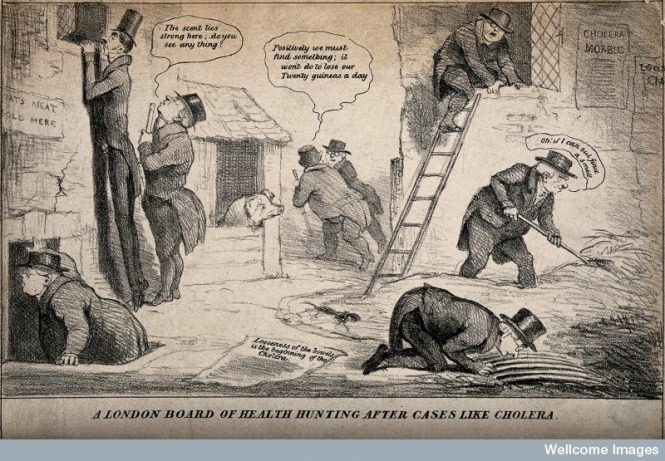Scientific meetings are one of the primary venues for scientists to present their new work to their colleagues with the purpose of receiving feedback at an early stage of their research, and thus they are an integral part of the process of science. They serve as an informal peer review that can help researchers to develop, clarify, and refine their work as they proceed to write it up and submit it for formal review and final publication. In addition, meetings allow researchers to hear about what others in their field and related disciplines are doing, talk with colleagues from different institutions around the world, and learn about new research, tools, and techniques that might be relevant to their work.
Some meetings are small and narrowly focused on a specific topic or theme, while others are meant to bring many thousands of scientists together annually and are very broad. Regardless of the size of the meeting, the main goal is to bring a community of scientists together and provide opportunities for them to interact.
Groups of men (and they were, in fact, all men) interested in discussing science met as early as 1640 in London; eventually, these meetings led to the establishment of the Royal Society of London in 1660 (Gribbin, 2007) (see Scientific Institutions and Societies). Since then, scientific societies and meetings have grown together. Early meetings remained small and local for about 200 years since transportation was difficult and costly, but larger meetings began to proliferate (along with scientific societies) in the mid-1800s.
For example, a group of scientists gathered in Philadelphia, Pennsylvania, on September 20, 1848, with the goal of establishing a new national-scale organization: theAmerican Association for the Advancement of Science (AAAS). They held six days of talks andpresentations by prospective members and, by the end of the meeting, had 461 registered members on the books (Kohlstedt et al., 1999). Louis Agassiz, one of the founders, worked with two other scientists to draft the "Rules and Objectives of the Association," which stated that one of the fundamental goals of the new society was, "By periodical and migratory meetings, to promote intercourse between those who are cultivating science in different parts of the United States" (as quoted in Kohlstedt et al., 1999). In other words, they recognized that scientists were at work all over the country, and they hoped to overcome geographic barriers that kept scientists apart by holding regular meetings that moved around the country.
Another goal of the new society was "to give a stronger and... more systematic direction to scientificresearch in our country" (as quoted in Kohlstedt et al., 1999). The new society, therefore, would not only provide an opportunity to bring the community together through meetings, but would guide research through consensus of the membership. At the first AAAS meeting in 1848, a group of new members – still all men – wrote three resolutions to influence research directions in the United States. One of these resolutions was to establish a committee to address "the Secretary of the Navy, requesting his further aid in procuring for Lieut. Maury the use of the observations of European and other foreign navigators, for the extension and perfecting of his charts of winds and currents" (AAAS, 1848). The support of a wide group of scientists may have eventually helped Lieutenant Maury hold an international meeting in 1853 to establish standards for weather measurements (see Data Analysis and Interpretation). In many cases, meetings still provide the opportunity to bring the membership of a society together to vote on resolutions or position statements and to give direction to future research.




